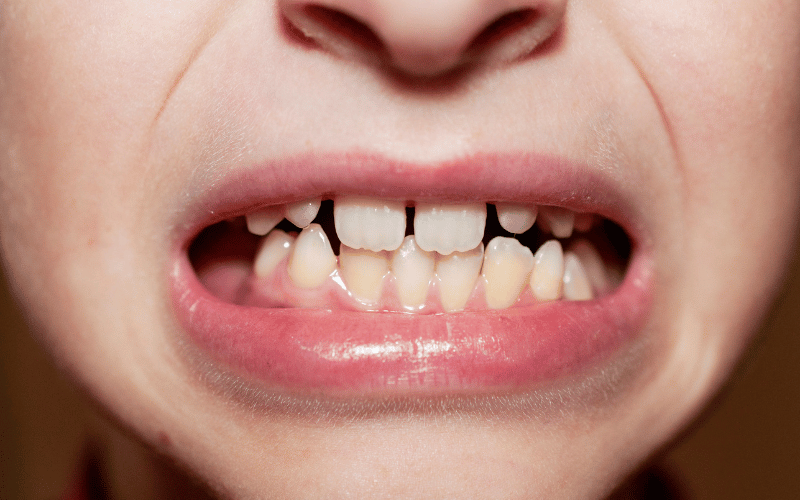4. Dental Abnormalities: A Deeper Dive Into the Oral Signs

In the expansive spectrum of Gardner’s Syndrome symptoms, dental abnormalities might seem like an unexpected contender. Yet, the intricate connection between genetic mutations and the mouth’s health becomes increasingly clear when diving into the dental nuances of this condition.
Gardner’s Syndrome can rear its head in multiple oral forms, with supernumerary (extra) teeth or impacted teeth being the most notable. These aren’t random manifestations but are linked to genetic mutations affecting dental tissue development.
For someone unacquainted with the syndrome, a stray extra tooth might seem like an isolated dental anomaly. However, when these dental quirks appear alongside other symptoms, they can serve as critical diagnostic pointers.
Beyond the initial discovery, these dental peculiarities bring with them a baggage of potential challenges. While not inherently life-threatening, they can lead to functional hindrances.
An extra tooth might disrupt the alignment of the surrounding teeth or could lead to bite issues. Moreover, aesthetically, such anomalies might lead to self-consciousness, particularly if they’re conspicuously placed.
Routine dental check-ups are paramount, especially for individuals with a family history of Gardner’s Syndrome. Advanced dental imaging and evaluations can spotlight these abnormalities, even if they’re lurking unnoticed.
Once identified, the treatment trajectory might involve orthodontic interventions to correct misalignments or, in some cases, surgical procedures to remove the extra teeth. The goal remains twofold: restoring functionality and ensuring aesthetic appeal. (4)